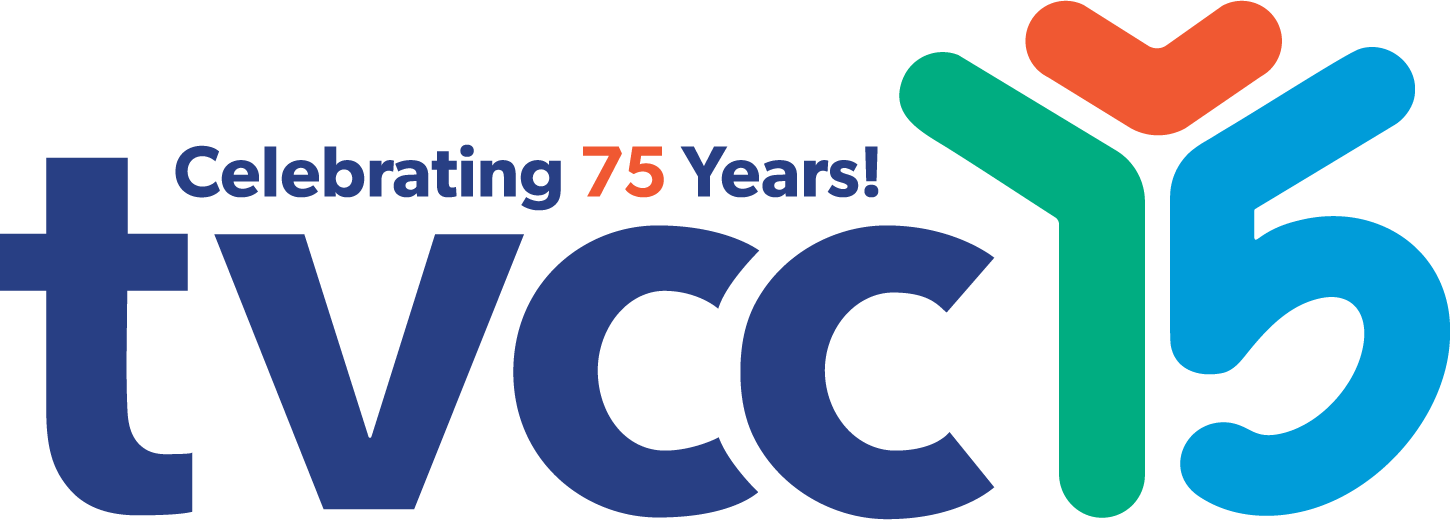Learning multiple languages boosts kids' culture grasp and thinking skills.
Parents sometimes wonder if it is valuable for children to learn more than one language. They also question whether it will hurt a child’s language development and success at school, if he learns a language other than English at home. Many parents of children with a speech and/or language delay or disorder have the same questions.
Children learn best when they spend special time with their parents, sharing activities. If you sing the songs you learned as a child, in the language you learned them, and tell stories about your culture, in your first language, you will be communicating in a way that is most natural for you. You will also be letting your child know that these times are important for both of you.
When parents want their children to learn languages other than English, they should speak these languages, at home, from the time the baby is born. When parents expose their baby to these languages, the babies will pick up the sounds of all of the languages they hear. If two parents speak different languages, the child will begin to understand which language to use with each parent.
If you use your first language as your child is developing communication skills, your child will have an easier time learning good grammar, developing a big vocabulary, and being able to communicate effectively. When you use your first language, you will be teaching your child correct grammar, and how to understand and use complete sentences. When a child knows one language really well, it will be easier for him to learn the rules and vocabulary of another language.
Parents who want their children to grow up knowing English well, may wonder what the value is in teaching their child their first language. Language and culture are very closely related. When a child speaks the family language, he also has the opportunity to learn more about his culture, and the culture of his family. Knowing the family language will also make it easier for your child to be able to communicate with other family members who may not speak English well.
Learning more than one language doesn’t hurt a child’s language development. Researchers have shown that children, who learn the family’s first language, will have many benefits. These include emotional development and academic success. Most experts feel that children learning more than one language may develop a larger vocabulary, may understand how words sound and rhyme, and will learn about more than one culture.
Children learning more than one language will develop speech and language, in the same order as a child who speaks only one language. There is no right or wrong way to teach more than one language. Some believe that each parent should speak their first language, all of the time. Others believe children can learn both languages, even when parents aren’t consistent in which language they speak. Even when parents speak one language well, and add words from another language, it doesn’t appear to affect the child’s overall language development.
Studies have shown that children with delayed speech and language skills also show no difference in their language development if they are learning one or more languages.
Stages of Language Development
When children are learning two languages from birth:
Stage 1: Child mixes languages
Stage 2: Child separates languages (around 2 ½ years)
Stage 3: Child uses mainly one language; by 7 years the child can speak and understand both languages equally
When children learn one language first and then a second language, after the first has been learned:
Stage 1: Child uses home language
Stage 2: Child starts to use a little bit of second language; usually up to 7 months from time of starting second language
Stage 3: Child uses short or memorized phrases
Stage 4: Child uses second language but mixes words from both languages and makes grammatical errors
Stage 5: Child speaks and understands both languages well
No matter how children are learning multiple languages, it is important to remember that children may be able to say a word without understanding its meaning and may be able to understand a word’s meaning before they say it. Above all, be as consistent as possible and provide a language rich environment for your child.
Additional Information
For more information, download When Children Speak More Than One Language (PDF). This information can also be downloaded at www.beststart.org in the following languages: French, Arabic, Chinese, Cree, Hindi, Ojibway, Punjabi, Spanish, Tagalog, Tamil and Urdu.
References:
Kohnert, K, Yim, D., Nett, K., Kan, P.F. & Duran, L., (2005) Intervention with Linguistically Diverse Children: A Focus on Developing Home Languages, Language Speech and Hearing Services in Schools (36, 3), 251-263





